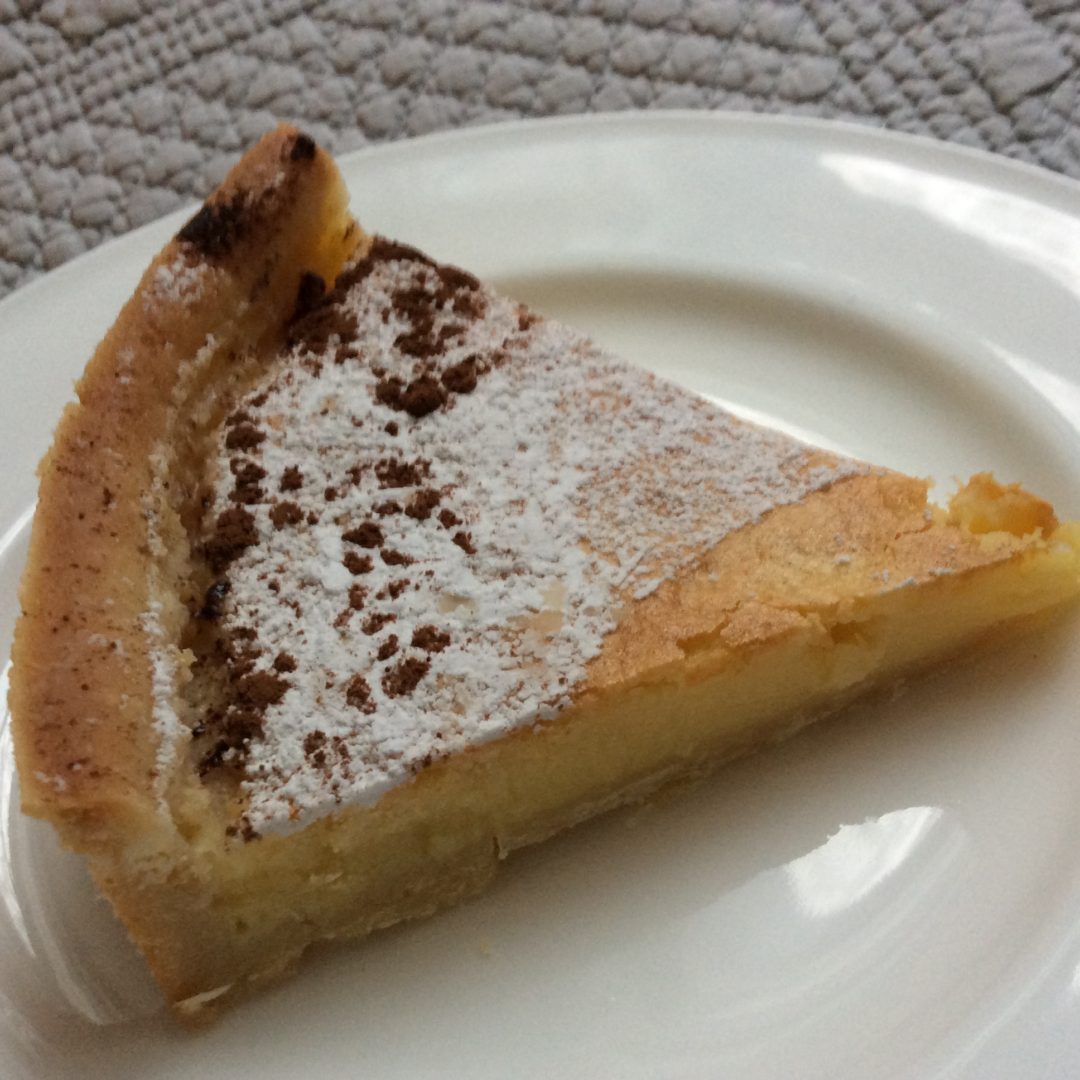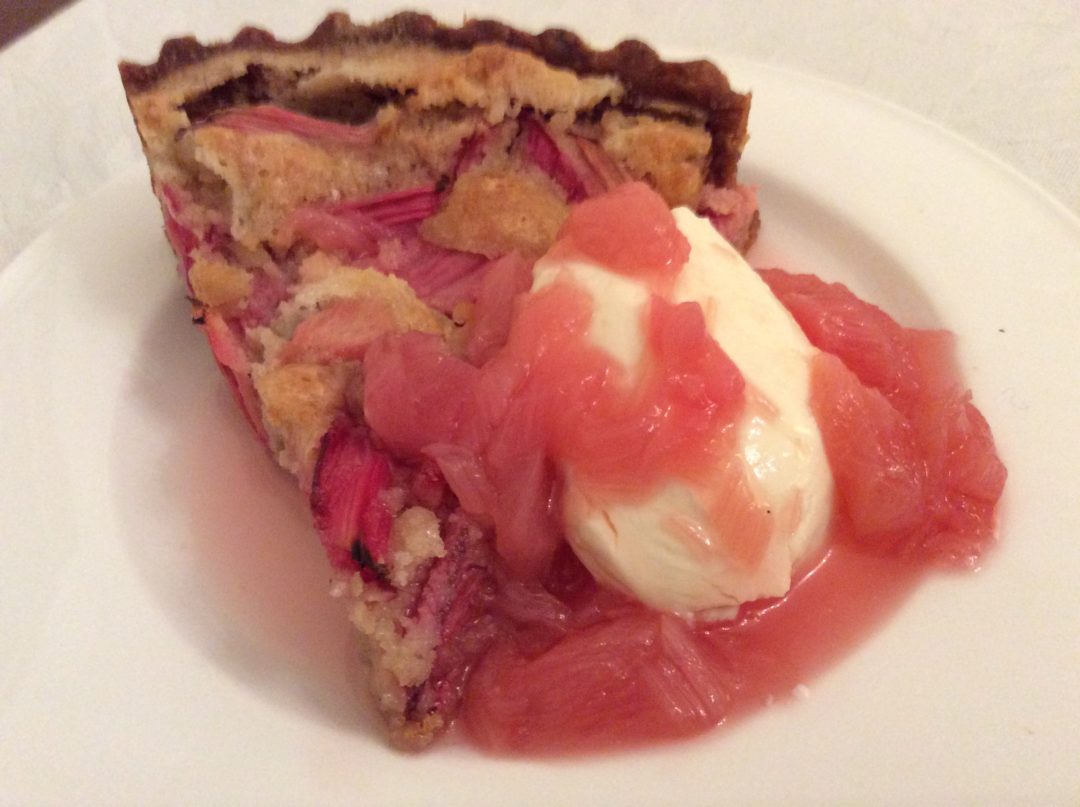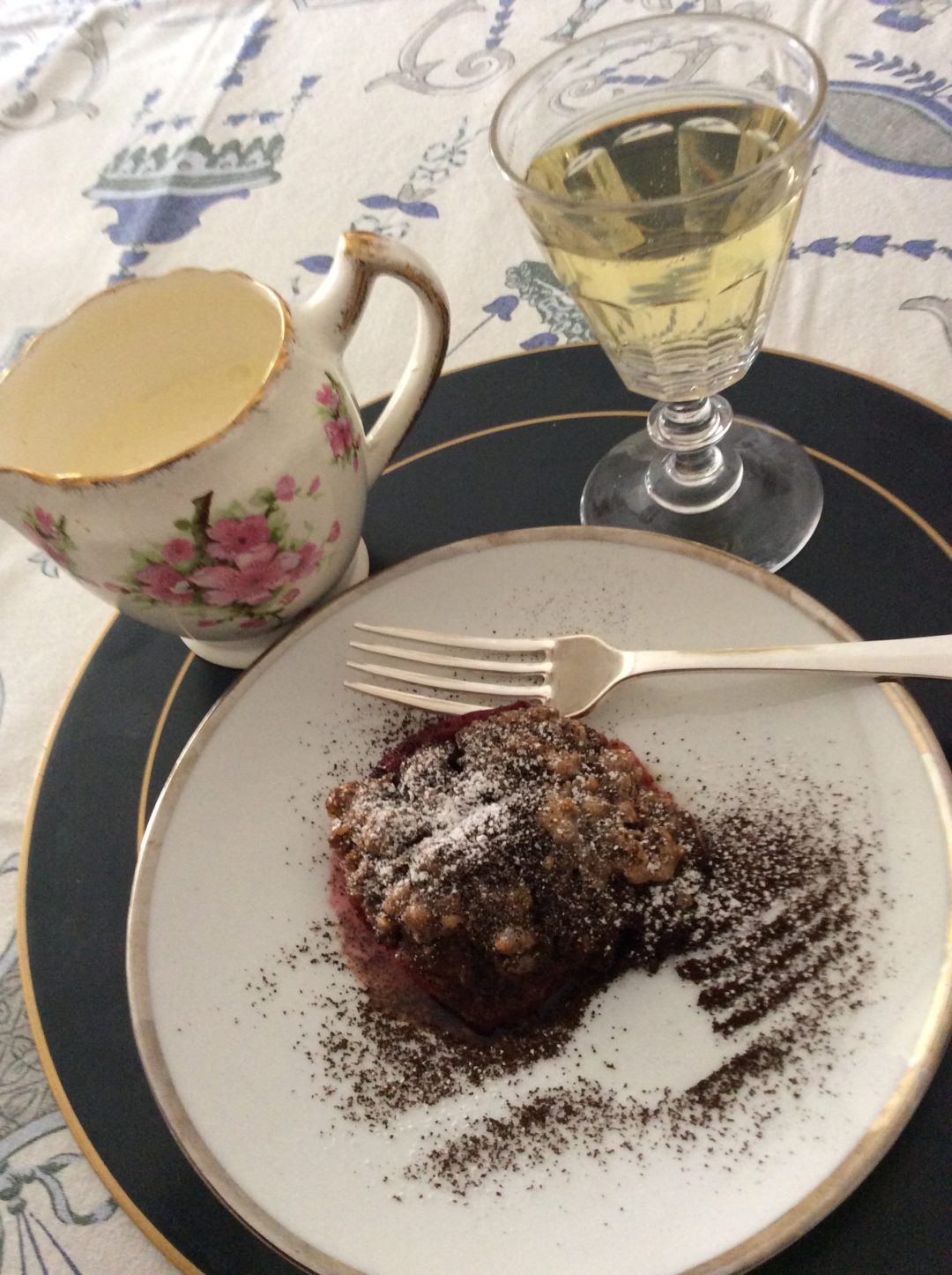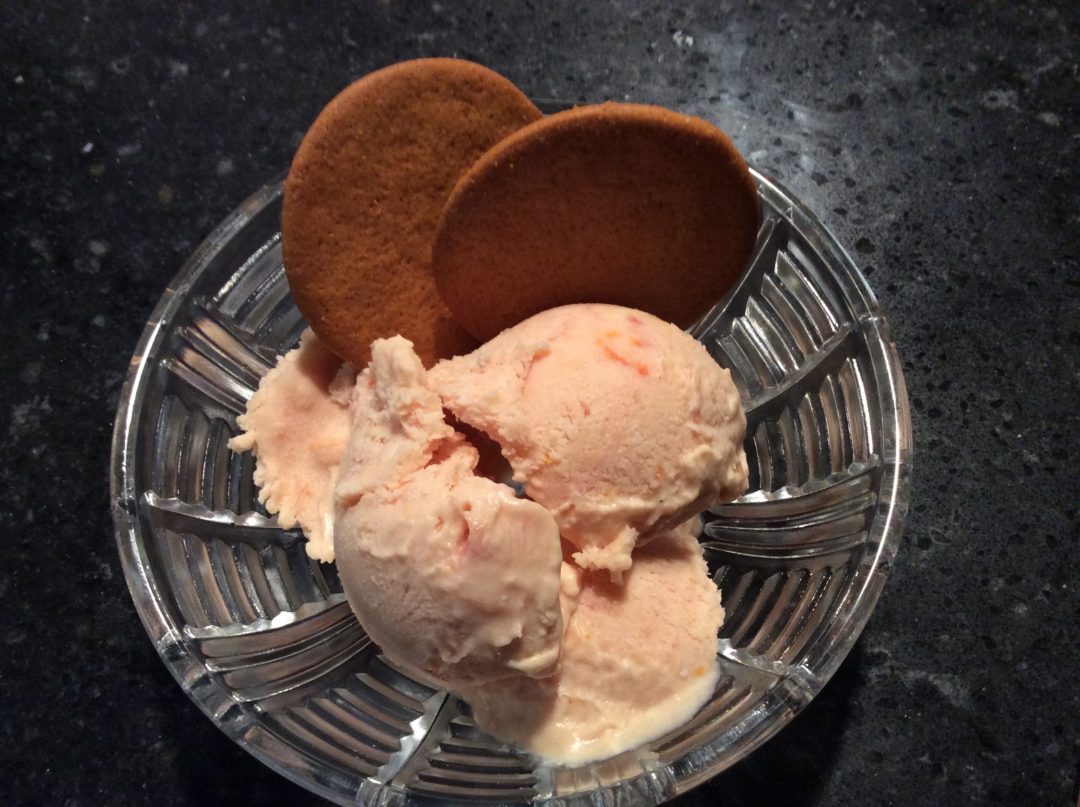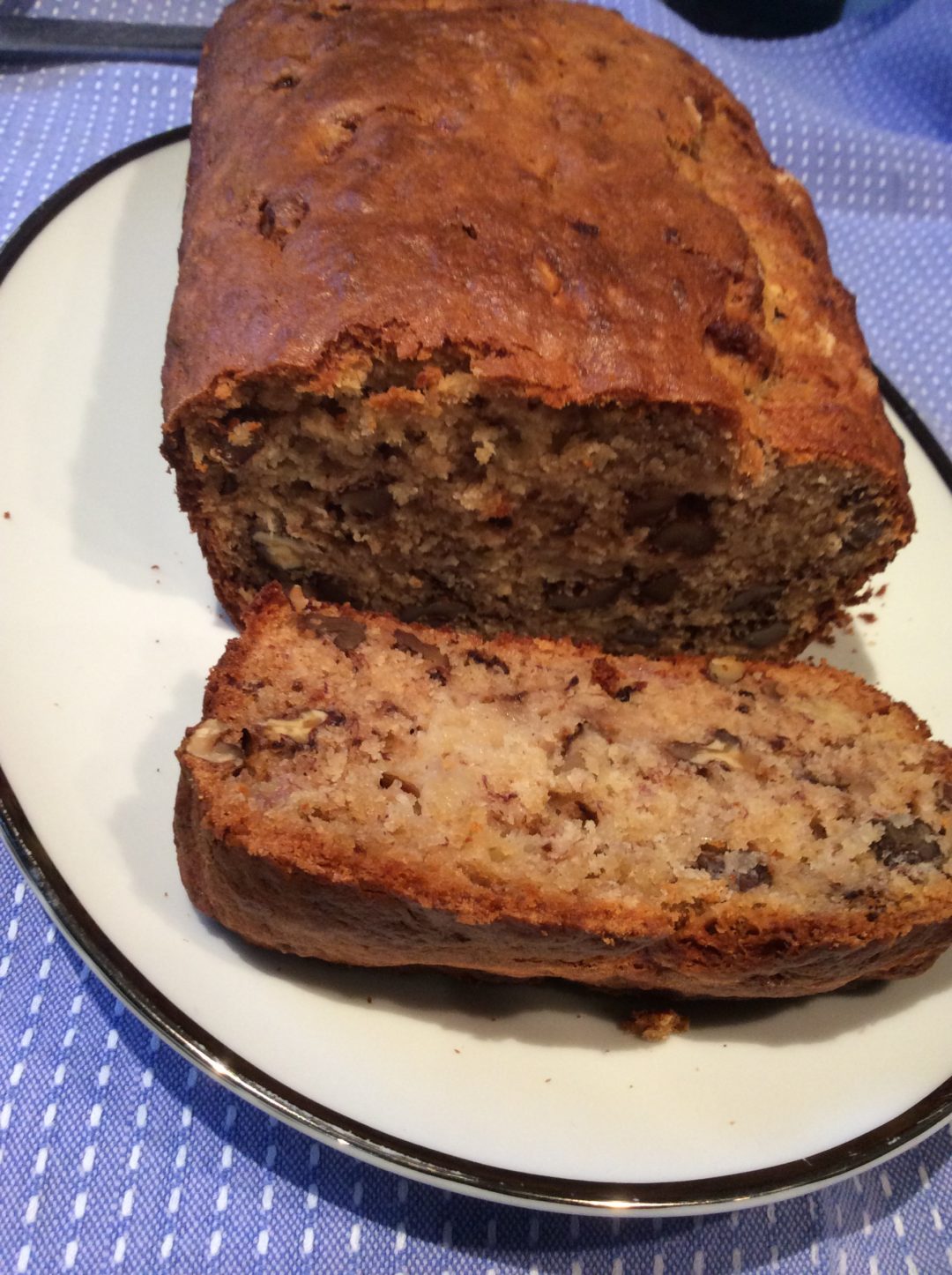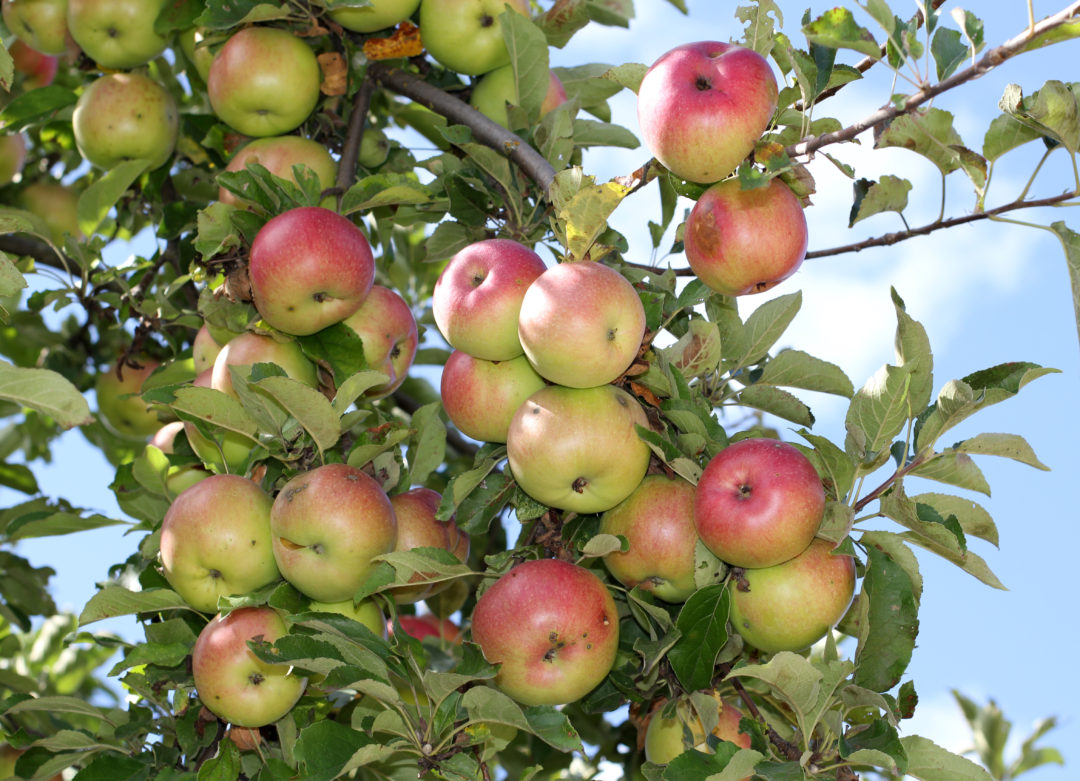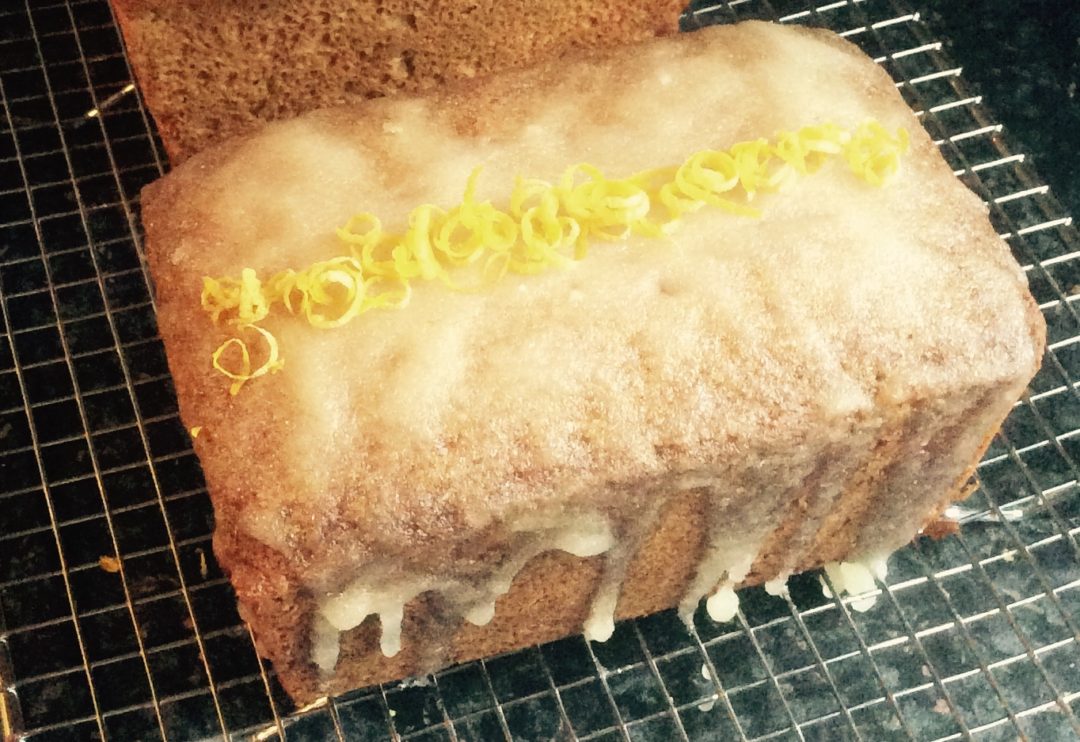One of my favourite books in the last few years has been Helena Attlee’s The Land Where Lemons Grow. It is a happy mix of food, history, art and Italy thus covering many of my interests; it is also beautifully written and so withstands many readings without becoming tedious.
The book traces the development of the growing of citrus fruits throughout the Italian peninsular and specifically the lemons for which Italy is justifiably famous. In the UK, the vast majority of our lemons are imported from Spain and whilst they are reliable workhorses in the kitchen (or in the gin), for me they lack the added dimension of fragrance and flavour that some with Italian lemons, specifically those from the area around Sorrento or from Sicily.
Unfortunately for we cooks, Spanish lemons tend to be at a more economical price point and I use them for the majority of food where lemon is a supporting act, rather than the star of the show. Where a dish has lemon as the main act, I do try to find and use Sorrentine or Sicilian lemons, especially if I am using the zest. This part of the lemon is where I feel the main advantage lies in Italian lemons; there is something deeply aromatic and almost woody in the zest that out-performs the Spanish cousins. A further advantage is that tend to be somewhat larger so do go further.
I have a vast repertoire of lemon dishes (although I cannot abide lemon meringue pie!) and have been in pursuit of the perfect lemon tart for many years. Mercifully, the wonderful Felicity Cloake has now written up the perfect tarte au citron in her fab book Perfect Two. It is however, not a recipe to be hurried or done in a spare half hour, as the author herself says, so much I love this recipe and commend it wholeheartedly, I have also been searching for a quicker, more “do-able” tart and this is it. It is a variation on a torta al limone as found in the iconic Italian cookery book, The Silver Spoon. Now I love this book, despite it being roughly the size and weight of two house bricks, but it does have shortcomings. It makes no concessions to one’s experience (or lack of) and thus assumes you know how to undertake certain cooking processes and can tell when something is done. The prime example of this assumption is that it never specifies what size cake, tart or flan to to use. In other words, you will have learned all the basics from your mother and/or grandmother and this is just to provide you with ingredients and (approximate) cooking times!
I have to admit that I got this recipe wrong a couple of times but I’d like to think that I’ve ironed out all the wrinkles and have also added additional information that might be helpful. It has a simplicity that showcases Sorrentine or Sicilian lemons to perfection and I like to serve it with creme frâiche or home made (or very high quality bought) vanilla ice cream.
If you don’t feel like making pastry but quite fancy making the tart, do feel free to use an all-butter bought pastry but in this case, I would blind bake it first (see recipe)
A Quick Lemon Tart
Print RecipeIngredients
- Pastry (as per my Rhubarb Almond Tart)
- 250g plain flour or Italian Tipo 00
- 125g unsalted butter, very cold from the fridge and cut into small cubes
- 1 medium free range egg, lightly beaten
- 100g icing sugar
- tiny pinch of sea salt
- Filling
- 3 medium free range eggs
- 140g caster sugar
- finely grated zest of two unwaxed Sorrentine or Sicilian lemons
- juice of one Italian lemon
- 150g softened unsalted butter, plus extra for greasing
- A well buttered 21cm loose bottomed flan tin. I have neither the inclination nor space to collect flan tins in every possible size, so I use a loose bottomed sandwich tin for this; no fluted edge but I can live with that. Happily, both are about 3cms deep.
Instructions
Pre-heat the oven to 160C fan
To make the pastry, place the flour and butter in a food processor and whizz until fine breadcrumb stage
Add the sugar, mix briefly and add the egg and salt
Whizz until a soft dough is achieved; tip out of the processor and form into a flattened ball, wrap in clingfilm and put in the fridge for at least 30 minutes
When time is up, roll out to fit the flan tin and press the dough gently into the tin
Unusually for flans, this recipe doesn’t require baking blind first but somehow (miraculously!) avoids a soggy bottom, at least in a fan oven
If you are using bought pastry, increase the oven to 170C, prick the base of the pastry lightly with a fork, line with baking parchment and baking beans; put in the oven for 20 minutes, remove the paper and beans and return to the oven for another 5 minutes
After removing the case from the oven, reduce the heat to 160C
Beat the eggs with the caster sugar in a large bowl until the mixture becomes creamy with a small amount of foam on top
Stir in the lemon zest and juice and then stir in the butter, mixing well
Pay attention at this point as if you over mix, the mixture can curdle, which doesn’t affect the flavour but will affect the texture; it’s probably safer to mix by hand at this point rather than use a mechanical mixer
Pour the mixture into the pastry case and bake for about 30 minutes until golden and firm to the touch
Cool in the tin then dust with icing sugar, remove from the tin and serve with creme frâiche or ice cream
Notes
This looks very pretty topped with raspberries or halved strawberries, too. I have also tried this as a blood orange tart with some success (but I do love lemon!) in which case I like to sprinkle with cocoa powder, as indeed I did for the lemon tart in the photo

